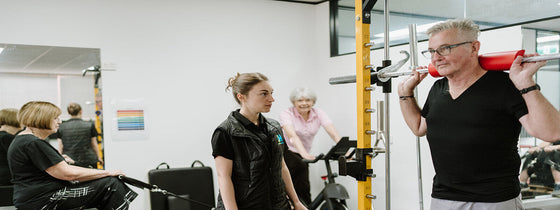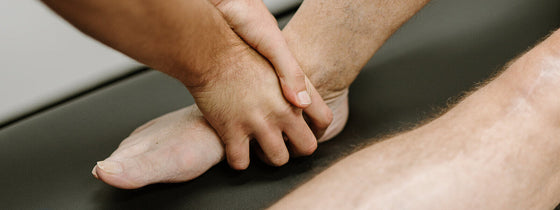Exercise is widely known as a healthy behaviour to engage in and strongly encouraged for all people for good reason. Personal goals relating to exercise can range quite widely from changing appearance, personal achievements, mental health, physical health and supplementing sporting activities and beyond.
It is common that exercise is thought of very one dimensionally regarding the benefits because of the individuals particular focus when engaging in exercise. In this article hopefully we can further you're understanding and appreciation of the benefits of exercise to all systems in your body to help keep you consistent or help make a change toward more optimal exercise engagement in your life.
Beyond big muscles, lean bodies and fitness there are a huge range of exercise related benefits that are most easily demonstrated by how effective exercise is at managing health conditions – there is a list of the 10 most common health conditions managed by medication ranging from blood pressure, cholesterol, depression, diabetes and beyond. For all these top 10 conditions being managed by medication there is evidence that meeting exercise and activity guidelines is on average as effective or better at managing these conditions as well as effective and safe to be used together.
Exercise achieves this by helping regulate processes in all systems of the body from the nervous system to hormones to the immune system and beyond. The increases in blood flow and effort of the heart and lungs can have an anti-inflammatory effect on the body and stimulate the muscles releases small proteins called myokines that travel around the body to have positive effects on a wide range of systems that help keep tissues healthy, reduce age related changes and improve robustness of bodily tissues (like cartilage and bones).
Further research on those that adhere to the recommended guidelines for exercise and physical activity suggest that those who do are at least 30% less likely to suffer from persistent pain problems and are more likely to have sufficient quality and quantity of sleep, which of course has its own vital health benefits. This is all without delving into the benefits of reaching the physical activity guidelines on specific musculoskeletal conditions like osteoarthritis, osteoporosis, back pain and tendinopathies like patella tendinopathy, who all see ‘motion as lotion’!
If the first step of making changes to your physical activity and exercise goals seems overwhelming it can be highly valuable to consult with an OHL Physiotherapist to tailor a plan to your individual needs to ensure the highest chance of consistency and success. What you like to do for exercise and movement is happily different to what I like to do, yet as a client + physio team can work together to find the affordable, palatable option for you, with the least barriers in your current life season, work setting, health status and account for any current injuries! You’ll often hear our team joke about how exercise can be viewed like brushing your teeth – with a need for regularity for long term wins.
Lastly, making sure you are appropriately fuelled for exercise, not deficient in any vitamins or minerals and eating appropriately for your health conditions as an important individual consideration to ensure you are taking the best action towards increased health. Having our OHL Dietitian assess your diet can help you significantly in this area!
In summary, the cliché is scientifically accurate when people say ‘exercise really is the best medicine’ and our OHL team would love to be part of your team to help you achieve that optimal health status. To book in with an OHL Physiotherapist to talk exercise, or book a Dietetics consultation, please give us a call on 9431 5955 and/or you can book via our website on the Client Portal.

If you're experiencing back or neck pain with neurological signs and symptoms, a thorough neurological examination is crucial for accurate assessment and effective treatment. In this Optimal Tip learn more about what we mean by completing a neurological exam!

Squats, deadlifts, and calf raises are key movement patterns that should be part of every strength and conditioning program—regardless of age and activity level. These functional movements support joint health, improve posture and balance, and reduce the risk of injury while building strength where it matters most.

A ganglion cyst is a fluid-filled swelling that typically forms over a joint or tendon sheath, causing discomfort and pain, especially when pressing against nerves or joints. Proper assessment and treatment, including physiotherapy, are essential for managing symptoms and improving function in the presence of a ganglion in your hand, foot, or wrist.